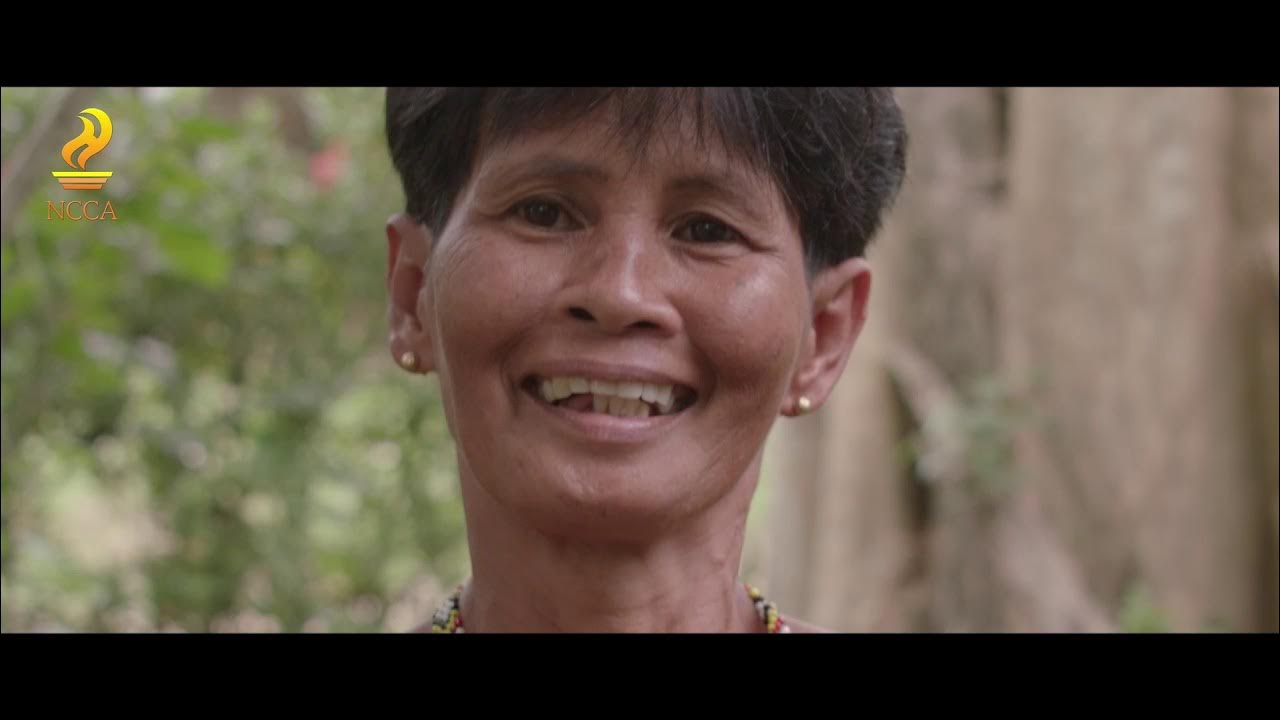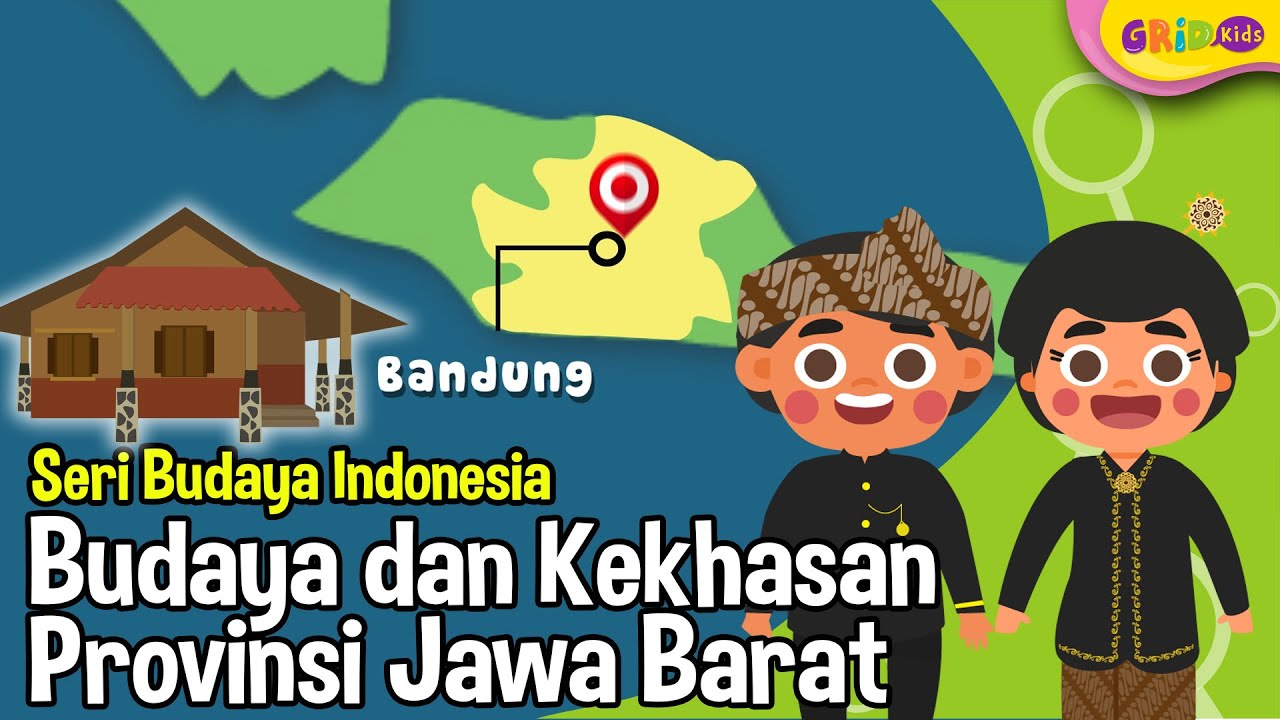Kenapa Pakaian Etnik Sabah Berwarna Hitam?
Summary
TLDRThe script delves into the traditional attire of Sabah's indigenous people, highlighting the significance of black as a symbol of power and divinity, believed to protect the wearer from malevolent spirits. Traditional clothing is primarily worn during rituals, weddings, and cultural events, with modern adaptations for special occasions. The script also explores the unique accessories and jewelry that add to the distinctiveness of Sabahan ethnic groups, including headpieces, waistbands, and various types of bracelets, rings, and anklets, showcasing the rich cultural heritage of Sabah.
Takeaways
- 👗 The traditional attire in Sabah is predominantly black, which is a stark contrast to the colorful and unique Malay and kurung clothing.
- 🔱 Black is chosen as a symbol of power and divinity, believed to protect the wearer from evil spirits, according to Sabah's history.
- 🎭 Traditional clothing in Sabah is used in ceremonies, rituals, and weddings, symbolizing cultural practices and traditions.
- 👘 In the past, traditional clothing was worn daily by various communities in Sabah, but now it is mainly reserved for special occasions.
- 💍 Modern times still see the use of traditional attire in weddings and cultural events, maintaining its symbolic significance.
- 🏆 Traditional clothing is also used in cultural competitions, such as the 'Queen of Beauty' contests in Sabah.
- 📿 Accessories and jewelry add uniqueness to both men's and women's traditional attire, with each ethnic group having distinct patterns.
- 👑 Men's accessories include headwear and other ornaments that showcase the uniqueness of Sabah's various ethnic groups.
- 👚 Women's clothing has three types of sleeves, each with a specific historical context and worn by different age groups.
- 🌟 Women's adornments include waist belts made from silver and brass with various shapes and designs, adding to the beauty of the attire.
- 👶 Baby accessories such as headbands with colorful patterns are part of the community's tradition, reflecting the ethnic diversity of Sabah.
Q & A
Why is the color black chosen for traditional clothing in Sabah?
-Black is a symbol of power and divinity, believed to protect the wearer from evil spirits in Sabah's traditional culture.
What is the significance of traditional clothing in Sabah during ceremonies and rituals?
-Traditional clothing in Sabah is worn during ceremonies, rituals, and weddings, symbolizing cultural heritage and customs.
How has the use of traditional clothing evolved in modern times in Sabah?
-In modern times, traditional clothing in Sabah is still used during weddings and cultural events, maintaining its symbolic importance.
What are some of the traditional accessories and ornaments worn by the people of Sabah?
-Accessories and ornaments in Sabah include headpieces, necklaces, bracelets, and anklets, each with unique ethnic patterns.
Can you describe the different types of sleeves on women's traditional clothing in Sabah?
-There are three types of sleeves: Sinunggang which is sleeveless and follows historical elements, Sinom Pukung with short or triangular sleeves, and Ki Hangon with long sleeves, each worn by different age groups.
What is the significance of the 'himpagon' and 'himpagot' in Sabah's traditional attire?
-Himpagon and himpagot are types of waist belts made from silver and brass, respectively, and are part of the traditional attire, adding to the cultural expression.
What are some of the head ornaments worn by the men of Sabah?
-Men in Sabah wear head ornaments known as 'dynamo', which are part of their unique ethnic identity and traditional attire.
How do the traditional accessories reflect the ethnic diversity in Sabah?
-Each ethnic group in Sabah has its own distinct patterns and designs in their accessories, showcasing their unique cultural identity.
What is the role of traditional clothing and accessories in beauty contests like the 'Queen of Beauty' competition in Sabah?
-Traditional clothing and accessories are used in beauty contests to highlight the contestants' cultural heritage and traditional aesthetics.
How are traditional accessories used in daily life by the people of Sabah?
-Traditional accessories are worn during special occasions and cultural events, and some may also be worn in daily life as a form of cultural pride and identity.
What is the importance of preserving and promoting traditional attire and accessories in Sabah?
-Preserving and promoting traditional attire and accessories helps maintain cultural heritage, fosters a sense of identity, and supports the continuation of traditional craftsmanship.
Outlines

This section is available to paid users only. Please upgrade to access this part.
Upgrade NowMindmap

This section is available to paid users only. Please upgrade to access this part.
Upgrade NowKeywords

This section is available to paid users only. Please upgrade to access this part.
Upgrade NowHighlights

This section is available to paid users only. Please upgrade to access this part.
Upgrade NowTranscripts

This section is available to paid users only. Please upgrade to access this part.
Upgrade NowBrowse More Related Video

ARALING PANLIPUNAN 5 || QUARTER 1 WEEK 6 | ANG SOSYO-KULTURAL AT PAMUMUHAY NG MGA PILIPINO | MELC

Buhay na Buhay Season 2 - Episode 1: Kultura ng Pagdidiwata

Nasib Hukum Adat di Indonesia - Dr. St. Laksanto Utomo, S.H., M.Hum

Africa Ghost Dance | Zangbeto Dance की हकीकत | Reality Of African Zangbeto Dance Explained In Hindi

Budaya dan Kekhasan Provinsi Jawa Barat - Seri Budaya Indonesia

The Most AMAZING Cultures Around The World REVEALED...
5.0 / 5 (0 votes)